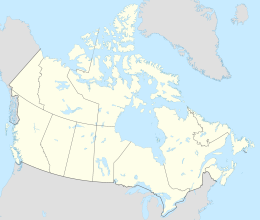| Geography | |
|---|---|
| Location | Northern Canada |
| Coordinates | 52°N79°W / 52°N 79°W |
| Archipelago | Arctic Archipelago |
| Administration | |
Canada | |
| Nunavut | Nunavut |
| Region | Qikiqtaaluk |
| Demographics | |
| Population | Uninhabited |
The Strutton Islands are an uninhabited Canadian arctic islands group located within the midsection of James Bay in Nunavut, Canada. They are situated south of Vieux-Comptoir (Old Factory).

